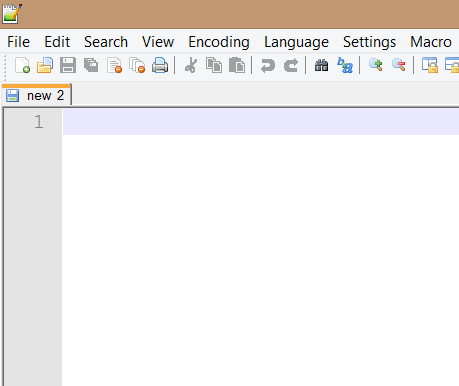

This should only take a few mins, once done extract the source codes with this command Step 4: Debootstrap Open up a terminal and type $ sudo apt-get update & apt-get install qemu qemu-user qemu-user-static binfmt-support debootstrap binutils There might be some cases (ie tinkerboard) where you will need to enable binfmt_misc so check for that as well in the. config after theĪnd remove the comment block from #VMSPLIT_3G=y (if you are not using raspberry pi, you will need to find the steps to compiling and installing there kernel) Raspberry pi come pre-compiled with 2G/2G vmsplitįollow this guide from official raspberry pi to compile your raspberry pi kernel. Since Wine comes pre-compiled with support only for 3G/1G vmsplit we will need to compile our kernel to be compatible, this is only the case if your kernel is not compiled with 3G/1G. This next step is required for Wine to work under chroot and arm environment. Step 2a: Compiling Kernel (needed for wine to work) It is always a good idea to check for updates even if it is a freshly installed OS. Now we will need a piece of software called etcher to write the image onto our SD card and USB Storage device. Raspberry Pi) Step 1: Install Raspbian Pixelįirst you will need to download Raspbian Pixel Desktop version. Raspberry Pi 3 ► Amazon | Ebay Software List Hope you guys appreciate this and thanks for the view!! Equipment List This is a guide on how to run x86 on ARM including wine! I have put a lot of time and effort into creating this guide along with breaking down a few older tutorials to give you guys a up to date guide on running x86 on arm (i.e raspberry pi or tinkerboard).


 0 kommentar(er)
0 kommentar(er)
